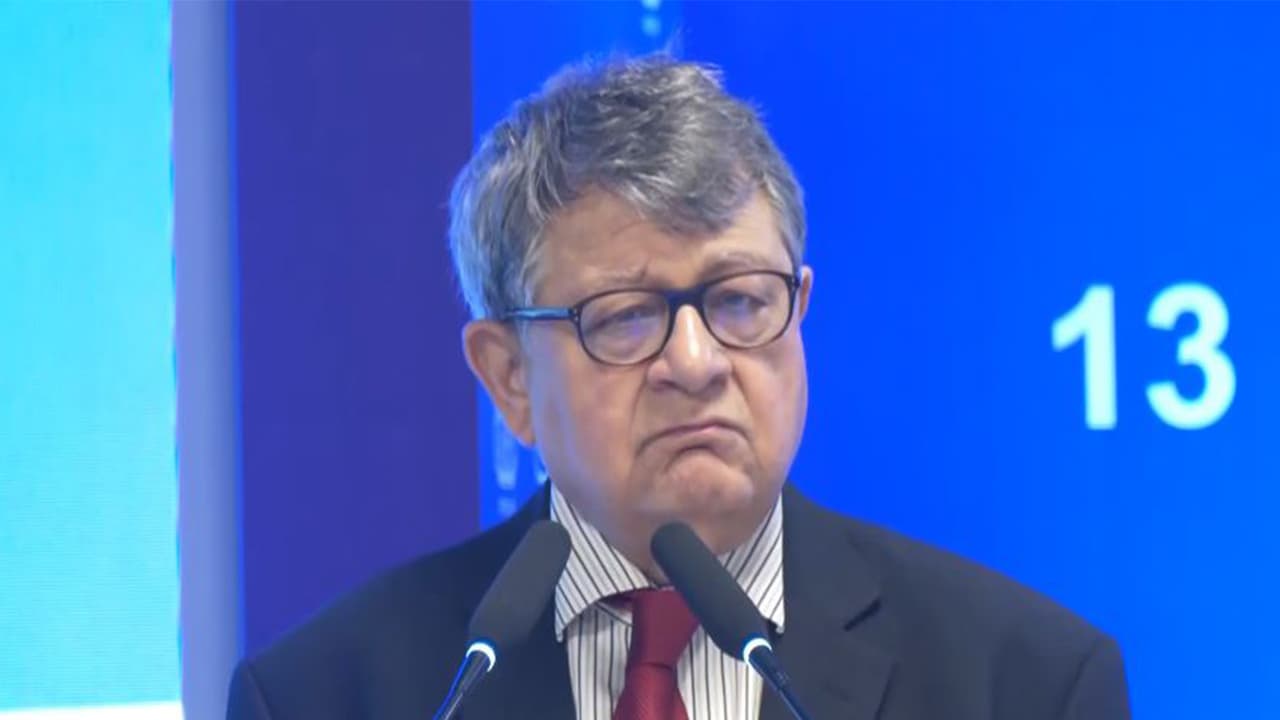NITI Aayog’s Suman Bery said achieving a developed India by 2047 requires a reimagined, dynamic energy security. He called for moving beyond fuel self-sufficiency to embrace diversification, technology, and system flexibility for growth.
The pursuit of a developed India by 2047 involves “reimagining our energy security”, one that is “inclusive” and “dynamic”, said Suman Bery, Vice-Chairman of NITI Aayog, as he addressed the Energy and Security Conference organised by the Confederation of Indian Industry (CII). He emphasised that energy security can no longer be confined to assured fuel supply alone; rather it must be embedded in the wider framework of sustainable development, economic growth and technological resilience.
Reimagining Energy Security for a Developing India
Bery observed that India’s energy transition is under way, but it must be seen as part of the development journey, not a separate track. As he noted, “Our energy transition must be embedded in the overall development strategy of the country.” In this light, he argued, it is time to broaden the definition of energy security beyond fossil-fuel self-sufficiency to include diversification of supply, adoption of emerging technologies, and building system flexibility. He pointed out that in a rapidly changing world, “energy security is a moving target.” Given this fluidity, rigid commitments to one technology or fuel path risk locking us out of future opportunities.
An Integrated Strategy for ‘Viksit Bharat’
Hence, India must design its grid, its financing models, and its manufacturing base with agility and foresight. He emphasised India’s need to focus on low-cost production of electric vehicles and solar panels as part of an integrated energy-industrial strategy. Underlining the urgency, Bery connected this energy agenda directly to India’s ambition of reaching a “Viksit Bharat” by 2047. He made clear that in order to climb the development ladder from lower-income to middle-income, and beyond, India’s growth model must be powered by energy systems that are resilient, innovative and globally competitive. For India to sustain high growth, he said, the manufacturing base must expand, supply chains must integrate, and energy systems must support rather than constrain that expansion.
A Call for Collective Action and Global Engagement
He asked the corporate sector and policy-makers alike to step up. The energy challenge is no longer purely public-sector or regulatory issues, it involves private capital, manufacturing supply chains, innovation ecosystems and global engagement. Drawing on the insight that India must avoid isolation, Bery urged leveraging global technologies while cultivating domestic capacity, thereby embedding energy ambitions within the larger growth strategy.
Roadmap to 2047: Resilience and Future-Readiness
To conclude, Bery noted that, by 2047, India must not only expand capacity but anchor its energy systems in resilience, sustainability and future-readiness. In his words, the journey ahead demands that “grid-designing and grid-financing are going to be a big deal.” The roadmap to Viksit Bharat thus involves re-imagined energy security, one that is dynamic, inclusive and geared to power India’s leap into the future.” (ANI)
(Except for the headline, this story has not been edited by Asianet Newsable English staff and is published from a syndicated feed.)
